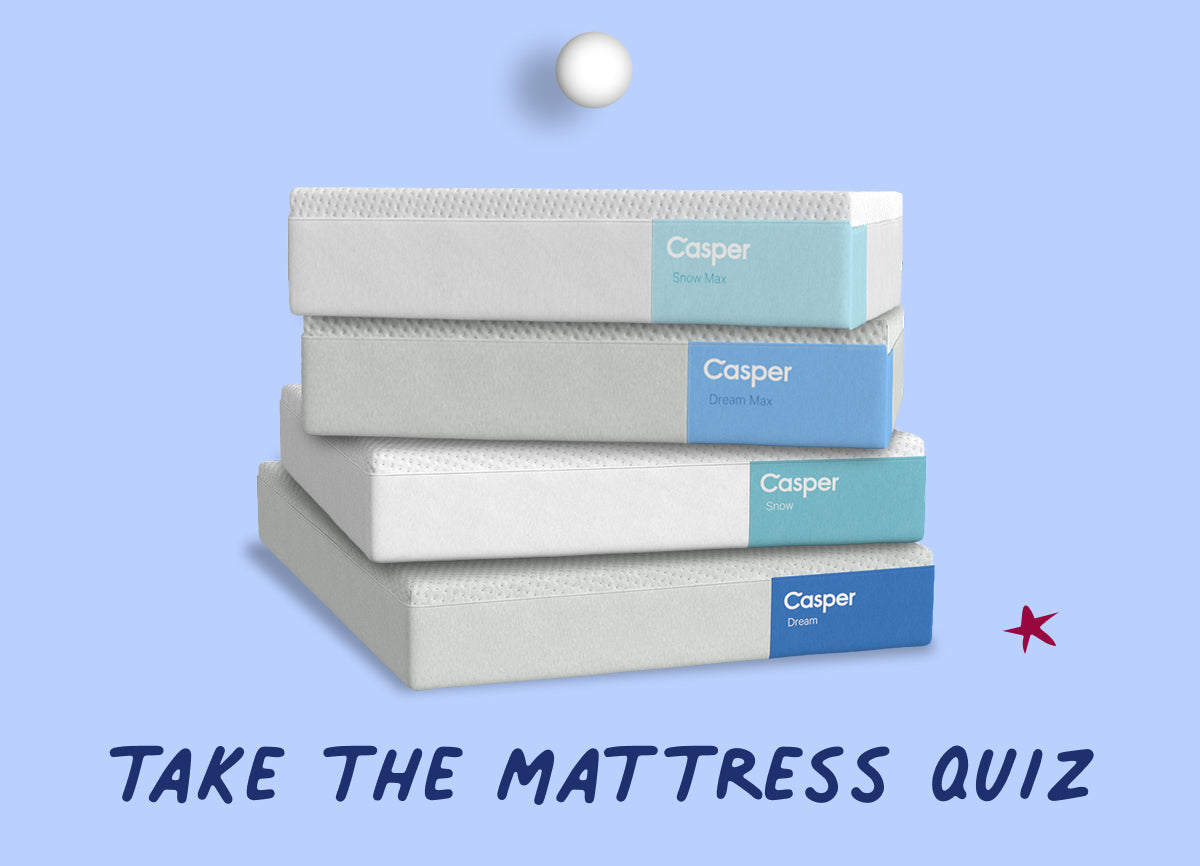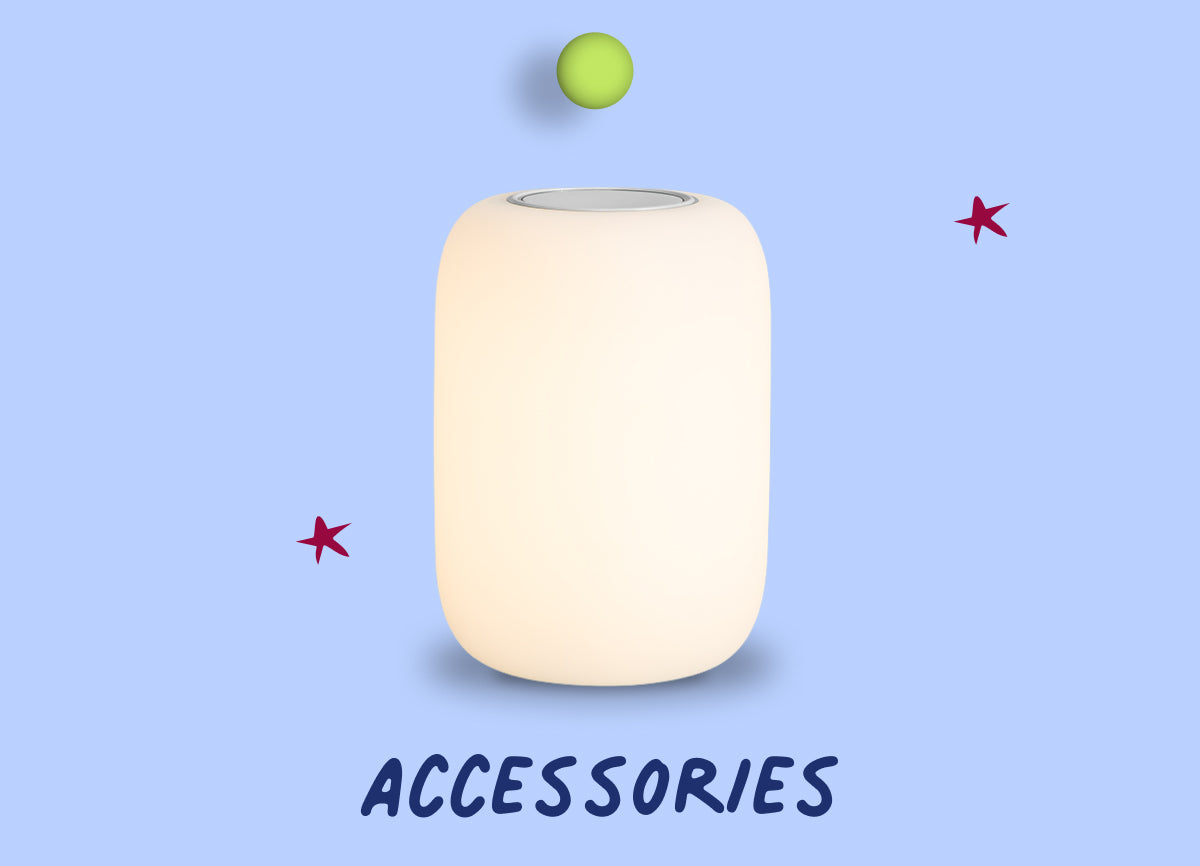Where you lay your head each night plays a vital role in the quality of your sleep. Yes, a mattress is a critical component to a good night’s rest, but what about color?
Color has the ability to affect our mood, as well as our sleep. When we’re anxious or angry, we have a harder time falling asleep compared to when we’re relaxed and happy.
Whether you’re repainting your bedroom or buying new bedding, make sure to surround yourself with colors that will help you doze off and wake up feeling refreshed.
Can Color Affect Sleep?
Colors can influence mood, emotions, and behaviors. Different colors can be used to evoke certain emotions — from aggressiveness and anger to calmness and happiness.
Suzy Chiazzari, a color therapy and holistic interior design consultant, says that “your bedroom decor can certainly have an impact upon your quality and quantity of sleep per night.” Because color can make you feel a certain way, why not fill your bedroom with shades that can emit calmness and promote positive energy flow?
Pastel and muted shades are typically better for sleep than more vibrant ones, as bold colors can have an energizing effect. Understanding the way these colors affect your mood can help you manipulate your sleep space for better sleep.
The Best Bedroom Colors for a Restful Sleep

The best colors for sleep are shades that make you feel happy, relaxed, and secure. While the best sleep-promoting color will differ depending on the person, below is our list of the best bedroom colors for sleep and the benefits associated with each.
1. Blue
When asked to envision a calming scene, what colors do you see? Most of the time, it’s blue. We see the color blue every day — in the sky, the sea. Blue promotes a feeling of calmness and serenity. It can also be linked to feelings of trust, stability, and dependability.
One study by Travelodge found that households that have blue bedrooms received the best night’s sleep compared to any other color. Having blue in your room can make you feel safe, relaxed, and calm. As a result, it’s one of the best bedroom colors for sleep.
Bedroom decor tip: When picking a blue, look for lighter colors. Consider a light blue — think clear blue sky — for your bedroom walls or bedding.
2. Green
Green — at its core — symbolizes nature. It’s considered advantageous to the body and mind as it can produce a calming effect. It’s associated with calmness and tranquility — making it ideal for sleep. When it comes to the bedroom, we recommend sticking to a sage green as opposed to a bright green. Sage green is softer and muted, making it better for sleep.
Bedroom decor tip: Adding plants to your bedroom is a great way to involve the color without going overboard.
3. Light Pink
Light pink may not be your first choice for a bedroom color, but hear us out. Pink — especially light pink — represents a gentle tenderness. It’s calming, non-threatening, and can be linked to a naive sweetness. If you lead a hectic, stressful life, consider adding some light pink to your bedroom.
Bedroom decor tip: Pink doesn’t have to be painted on your walls, but it could make a nice blanket or pillow color.
4. White
White is the lightest color on the spectrum. It’s a symbol of serenity — making it perfect for the bedroom. White is clean and polished. It can bring you comfort and hope. With all these amazing benefits, white is a great color for the bedroom.
Bedroom decor tip: White duvets are comfortable and chic. Consider pairing one with white furniture and a light-colored rug to complete the look.
5. Beige
Beige has a light, neutral hue, making it an attractive option for interior design. It’s considered a warmer form of white. Because of its similarities to white, it represents serenity and simplicity. Beige is plain and quiet — a perfect complement to sage green in the bedroom.
Bedroom decor tip: Consider adding beige to your walls, bedding, or furniture for a peaceful bedroom vibe.
For more tips on how to manipulate color to achieve better sleep, check out our infographic below.
The Worst Bedroom Colors for Sleep

While there’s a variety of colors you can add to your bedroom, there are some shades that have no place occupying your area for shut-eye. The worst bedroom colors for sleep are dark, bright, and can evoke energy and creativity.
1. Red
Red is one of the most energetic colors on the spectrum. Not only does it convey love, but it also represents war, danger, and power. The color red is such a powerful pigment that it can even provoke aggression or anger. Because it emits such intensity, red is not a recommended color for the bedroom.
Bedroom decor alternative: If you’re looking to add a pop of color to your decor, opt for a light pink instead.
2. Dark Purple
Purple harnesses the energy of red but is considered to be associated with creativity, power, and extravagance. According to Suzy Chiazzari, because purple has a tendency to stimulate creativity “sleeping in a purple room is more likely to promote vivid dreams or even nightmares; resulting in you feeling tired in the morning.” With so many strong characteristics tied to it, it’s recommended to keep dark purple out of the bedroom.
Bedroom decor alternative: If you’re a purple fanatic, consider opting for a light lavender color instead. Darker shades of purple can convey sadness and frustration, two feelings that are best left out of the bedroom.
3. Dark Brown
That same Travelodge study found that people who slept in brown-colored rooms slept an average of six hours and five minutes a night — the second-worst amount of sleep following purple. While lighter shades of brown may benefit sleep, darker brown can have a more serious effect. Brown can feel dreary and depressing, causing the sleeper to feel anxious and isolated — often resulting in restless sleep.
Bedroom decor alternative: Look for lighter colors such as beige or cream.
4. Black
While we don’t expect you to paint your walls black, adding black to other areas of your bedroom also isn’t recommended. According to color psychology, black can symbolize a collection of negative feelings including anger, fear, sadness, and even death. Not exactly relaxing right? However, according to principles of feng shui, black can be used sparingly in your home to create a more calming effect.
Bedroom decor alternative: Instead of choosing black bedding, sprinkle black accessories throughout your room — think picture frames, candles, and plant holders.
5. Orange
Orange has a similar effect as red. It has the ability to make you feel more energized and awake, heightening your chances of restless sleep. The color orange is attention-grabbing. It evokes feelings of excitement and energy. While bright orange hues can spark energy, lighter, more muted colors can bring happiness. Similar to the color black, consider sprinkling shades of light orange throughout the bedroom instead of plastering a bright color on your wall.
Bedroom decor alternative: Add hints of light orange to your bedroom decor in the form of paintings, rugs, and books.
Tips for Setting Up Your Bedroom for Better Sleep
If you’ve struggled with sleep, you’re not alone. Aside from practicing good sleep hygiene, try making your bedroom more sleep-friendly.
You can start with the below tips:
- Switch up the colors of your bedding to reflect more sleep-inducing shades.
- Soft, natural, and muted colors are best for sleep.
- Avoid dark shades and look for light complementary colors.
- Don’t be afraid to add an accent — just make sure it’s not too vibrant.
- Avoid eggshell and glossy finishes as these can reflect light. Stick to flat paint instead.
Once you’ve picked out the color scheme for your bedroom, make sure to find bedding that fits your style. Casper’s sheets, duvets, and pillowcases come in pastel and muted colors. They are crisp, light, and comfy — making you never want to leave your bed.
Sources: Color Psychology | Art Therapy













